< Back to Bacillus subtilis help
|
|
Advantages
|
Disadvantages
|
|
|
Protein Expression
|
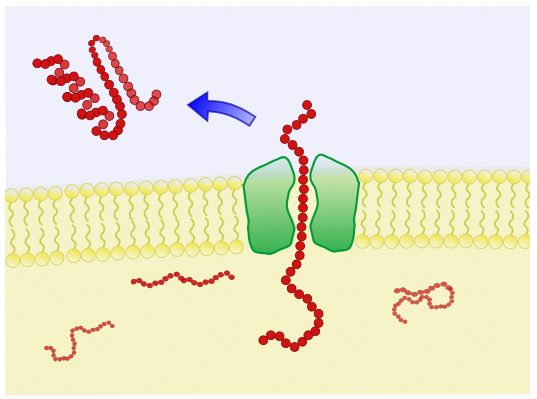
|
Single Membrane - B. subtilis is a gram-positive bacterium and contains only a single membrane. This makes B. subtilis an ideal chassis for secretion of organic molecules.
|
Peptidase activity - B. subtilis express both intracellular and extracellular exopeptidases and so there is a risk that expressed proteins may be cleaved up inside the cytoplasm or in the solution.
|
|
|
Enginnering B. subtilis
|
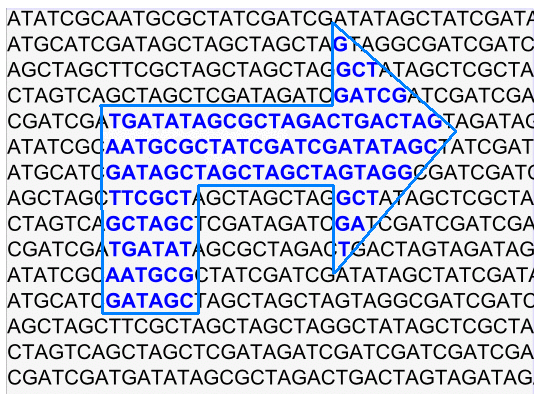
|
Availability of Potential Parts - B. subtilis is a highly studied organism, with a fully sequenced genome. As a result, B. subtilis provides many useful potential parts.
|
B. subtilis parts - Although many labs and iGEM teams have looked at B. subtilis as a potential chassis, there are relatively few working B. subtilis parts available in the Registry. This however is rapidly changing and soon there will be the basic parts required to make B. subtilis a highly viable chassis.
|
|
|
BioBrick Assembly
|
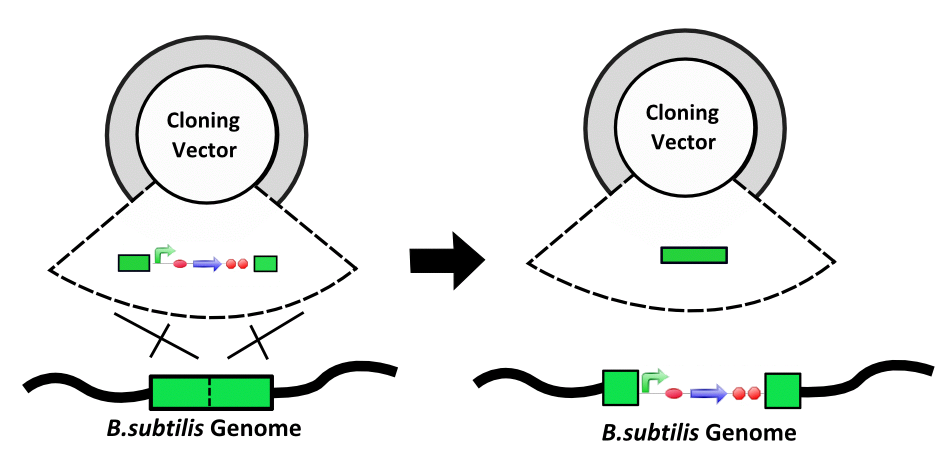
|
Natural Competency and Integration - B. subtilis has been noted for its ease and efficieny of transformation. In addition, integration of exogenous DNA into the chromosome has been well studied and provides an alternative to using traditional plasmids.
|
Vector Degradation - B. subtilis does not use all the same vectors as E. coli. One reason for this is that B. subtilis often recognises vectors grown in E. coli as foreign and digests them. Vectors and shuttle vectors are thus not reliable carriers of genetic information.
|
|
|
Chassis Properties
|
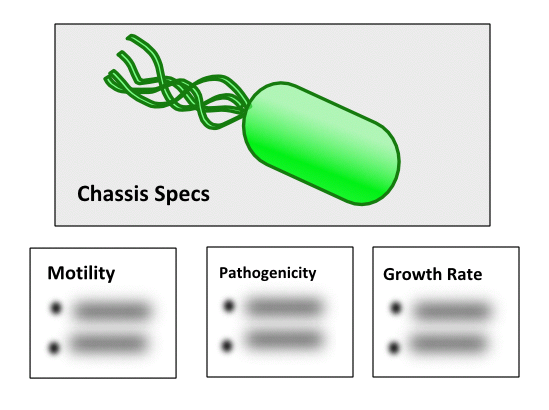
|
Sporulation: Transport - Under stress conditions, B. subtilis will form spores. These spores are highly resistant versions of single cells, able to withstand extreme temperatures and pH. These spores are capable of growing into new cells once favourable growing conditions are restored. Due to the resistance of spores, there is a great potential for manipulating them for transporting B. subtilis devices and constructs.
|
Sporulation - Under stress conditions, B. subtilis will form spores. These spores are highly resistant versions of single cells. While B. subtilis itself isn't pathogenic, its spores can be damaging if inhaled. They are also highly resistant to many conditions that are used to kill cells.
|
| High Motility - B.subtilis is often referred to as a highly motile organism in comparison to other bacterium.
|
| Non-pathogenicity - B. subtilis is a non-pathogenic organism that is commonly found in soil. As a result, B. subtilis has a biological harzardous level of 1 and offers a useful non-pathogenic chassis for synthetic biologists.
|
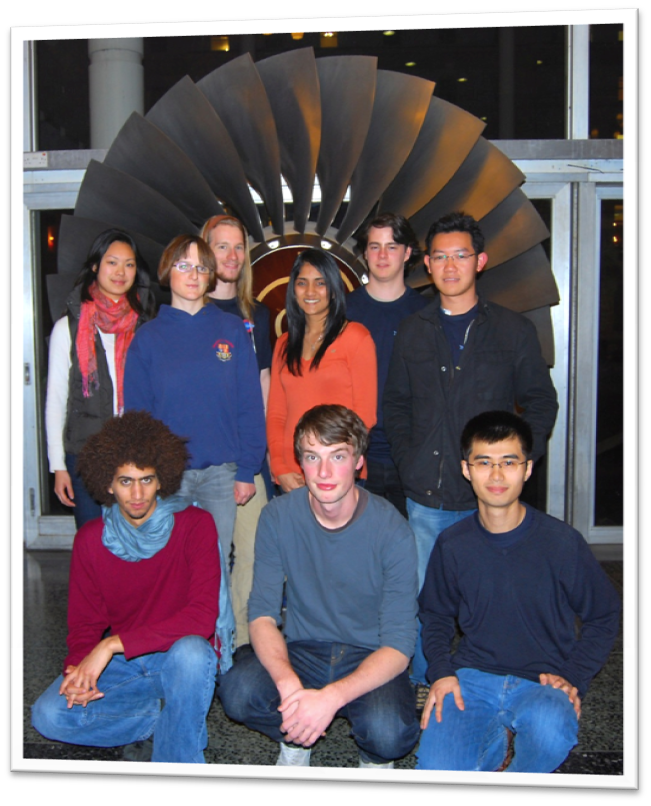
|
Qin Qi and Tom Adie from the 2008 Imperial College iGEM team put together this list of the advantages and disadvantages of using B. subtilis as a chassis for synthetic biological systems.
|





